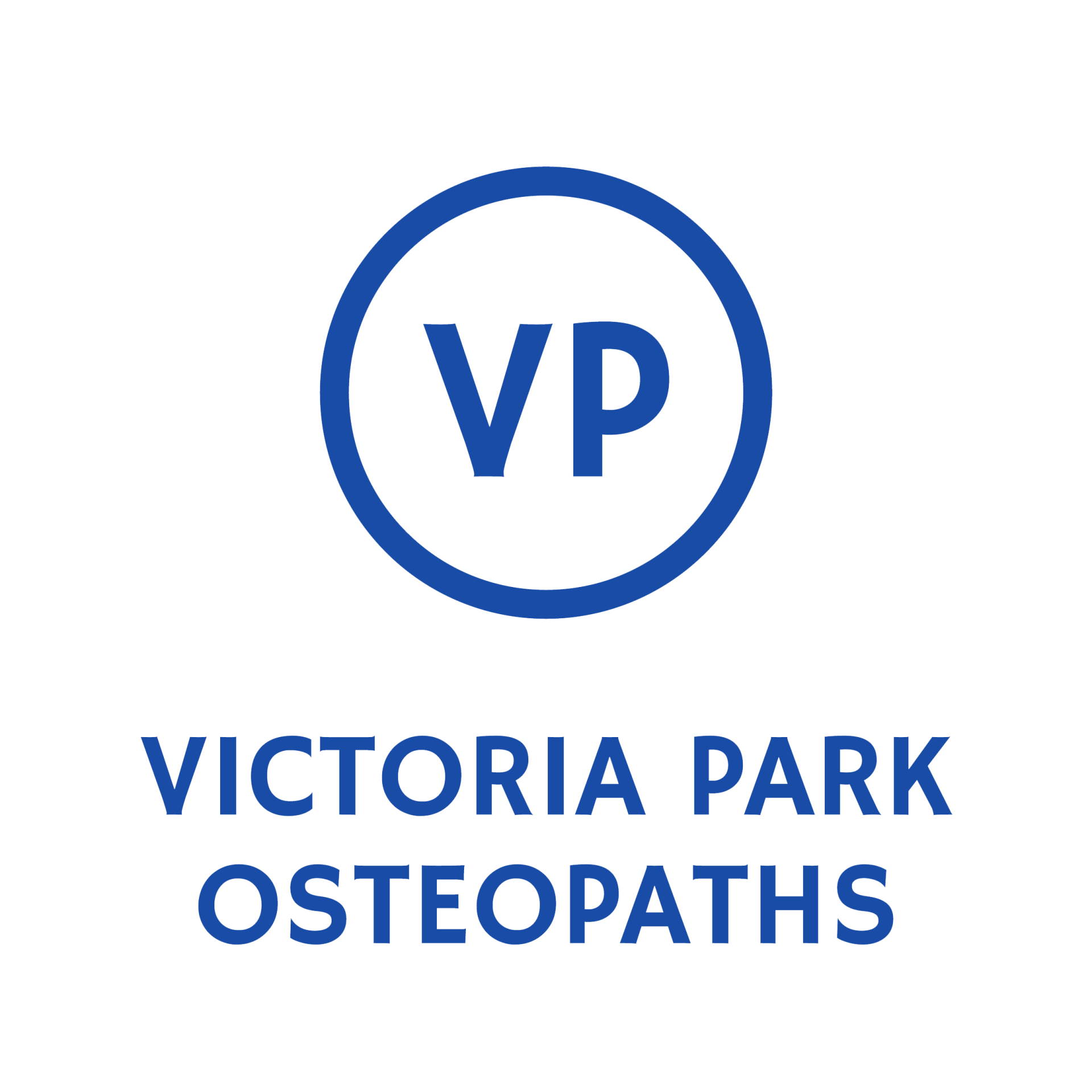What is Calcific Rotator Cuff Tendinopathy?
Calcific rotator cuff tendinopathy occurs when calcium deposits form within one of the rotator cuff tendons, most commonly the supraspinatus. These deposits can cause inflammation, pain, and impingement-like symptoms, especially when the shoulder is moved overhead or loaded.
It can develop gradually or flare suddenly, and may coexist with bursitis or tendon degeneration.
Symptoms & What You May Experience
You may notice:
- Pain in the front or side of the shoulder
- Sharp or aching pain during arm lifting or reaching overhead
- Sudden flare-ups that feel severe and limiting
- Reduced range of motion or stiffness
- Night pain, especially when lying on the affected shoulder
- Pain referring to the upper arm
- Weakness when lifting or rotating the arm
Symptoms can range from mild discomfort to intense, acute pain.
What causes Calcific Rotator Cuff Tendinopathy?
While the exact cause isn’t always clear, contributing factors may include:
- Age-related changes to tendon health
- Reduced blood supply to the rotator cuff tendons
- Repeated overhead movements or loading
- Hormonal influences (more common in women aged 40–60)
- Biomechanical strain, posture, or shoulder instability
- Prior rotator cuff irritation or impingement
Calcium deposits often go through stages — formation, resting, and reabsorption — with pain typically worse during the resorptive (inflammatory) phase.
How We Help (At Victoria Park Osteopaths)
Treatment is aimed at reducing pain, improving function, and helping the shoulder move well around the affected tendon:
- Manual therapy to the shoulder, neck, thoracic spine, and ribs
- Soft tissue techniques to reduce tension in the rotator cuff and surrounding muscles
- Mobilisation to improve movement in the glenohumeral and scapulothoracic joints
- Rehabilitation exercises to optimise rotator cuff and scapular strength
- Postural correction to reduce mechanical compression
- Advice on activity modification and load management
- Support with adjunct therapies (e.g. taping, acupuncture, referral for imaging/injection if required)
We focus on improving the space and movement around the affected tendon to support healing.
Recovery Time & What to Expect
- Mild or early-stage cases may improve in 6–12 weeks
- During the resorptive (painful) phase, flare-ups can last a few days to weeks
- With correct rehab, many people regain full function without intervention
- In resistant cases, medical options such as shockwave therapy, ultrasound-guided needling, or injection may be considered
The goal is to manage symptoms and restore strong, pain-free movement.
When to Seek Medical Review / Red Flags
Further investigation or referral may be needed if:
- Pain is severe and unrelenting
- Movement becomes significantly restricted (frozen shoulder risk)
- Night pain prevents sleep
- There is marked weakness or suspected tendon tear
- No improvement after a course of guided treatment and rehab
Imaging (X-ray or ultrasound) can confirm the presence and stage of calcium deposits if required.


